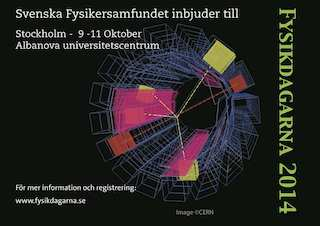Speaker
Konrad Schönborn
Description
Integration and practical application of nano in society is rapidly underway. Nanoscale science unleashes exciting benefits, while simultaneously raises unknown risks. Contemporary writings in educational research deem an understanding of nano to be a key component of future scientific literacy, for both pupils and the public. However, the "sticky", "bumpy" and often counterintuitive properties of nanoscopic objects are challenging to communicate, yet provide stimulating opportunities for learning and teaching traditional science concepts. In this presentation we consider how 3D interactive visualization environments may offer access to the nanoworld, could act as a potential catalyst for pupils’ acquirement of otherwise core scientific knowledge, and could serve as a platform for constructing a conceptual basis from which to judge the hopes and fears of nano.
